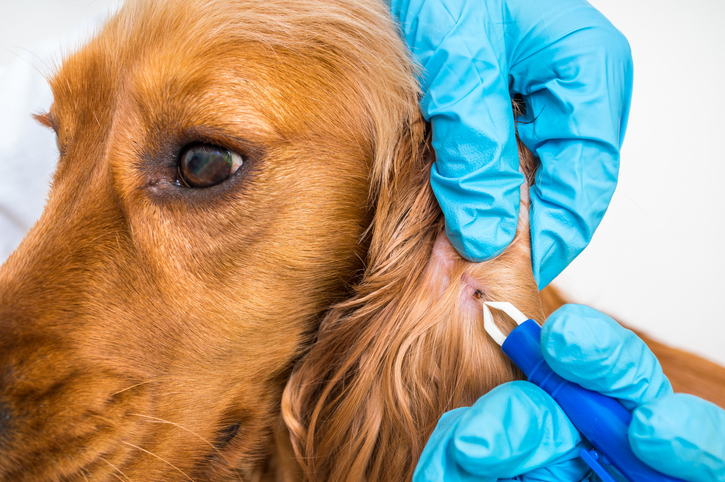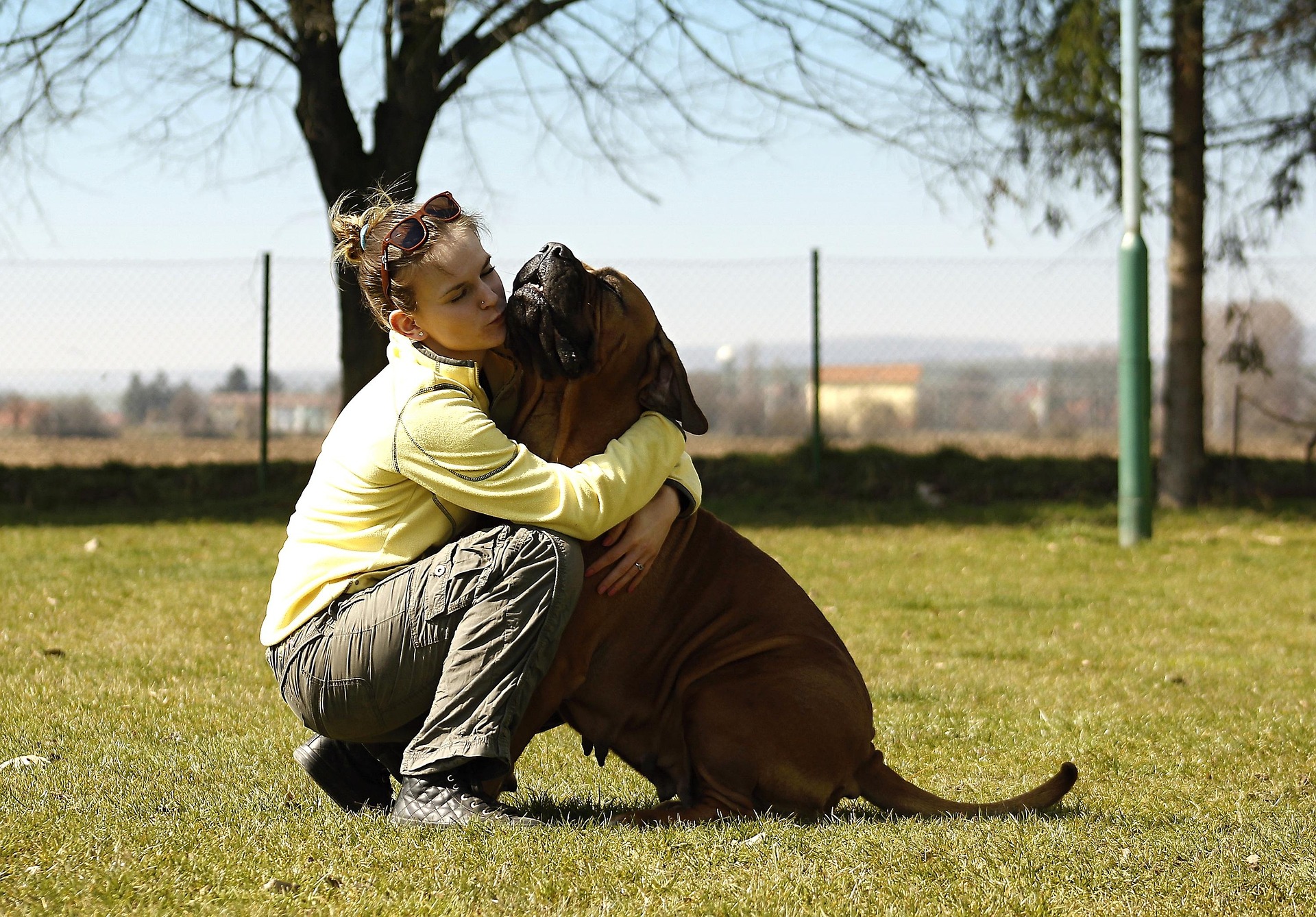If humans ran around barefoot all day, we’d be enduring constant foot injuries. So instead, we wear shoes and boots to protect ourselves against the terrain, weather, and other hazards.
Dogs, on the other hand, typically don’t wear footwear of any kind. As a result, our dogs are continuously exposed to a variety of potentially dangerous conditions underfoot, potentially leading to a paw injury.
So how do you know if your dog has sustained an injury to the paw? And what are the best ways to give them the care they need and get them trotting happily again? Here are some dog care tips about this particular issue you need to know about.
How to recognize the symptoms
While the warning signs and symptoms of a paw injury vary depending upon the cause and severity of injury that has occurred, there is a number one symptom to be on the lookout for. A dog that is experiencing a problem with one of their paws will favour their other paws while limping and showing a reluctance to use the affected leg or foot.
This is often the most telltale sign that they have an injured paw. Other symptoms include:
- Whining and whimpering
- Less interest in playing, walking, and running
- Licking the paw
- Other behaviours that indicate pain and distress unique to your dog
A paw injury can be a very stressful time for your dog and for the family, so you’ll want to take every step to ensure a swift and full recovery for your furry friend.
Getting the Right Diagnosis
In order to diagnose the specific type of paw injury that is affecting a dog patient, the veterinarian will first conduct a thorough physical examination.
In most cases, it’s relatively easy for a vet to identify the specific problem that is bothering your pet, particularly when it comes to paw injuries. During the physical exam, your vet will look for any clinical signs that can help to pinpoint the type of injury present.
This is the best time for you to fill the vet in on your dog’s medical history. Have they sustained other paw injuries before? Do they have health conditions that may impact the treatment method your veterinarian uses?
You should also take care to inform your vet of how and when the injury might have happened, and any other typical routines and behaviour that might be important to note.
In most cases, a physical examination and the dog’s medical history will provide sufficient information and clues for a diagnosis to be reached. However, in certain circumstances, further diagnostic tests such as x-rays can be used in order to confirm the presence of a broken bone, while blood tests can be used to check for other possible underlying causes of injury.
Treatment for paw injury: A case study
If your dog has sustained a paw injury, you’re likely anxious to know what to expect in terms of treatment and recovery time. To give you a sense of what to expect, let’s look at a case study from a few years ago.
Our patient, a 7-year-old Siberian Husky, presented for on-again, off-again limping on his right front paw. The previous night, he had started crying, and wouldn’t put any pressure on the paw —particularly the toe area.
After the owner brought the dog to Hastings Vet, we proceeded with an examination and x-ray of the toe. A small black mark was also noted on the paw pad. All of this told us there was some kind of foreign object in the pad, so we removed it with forceps. It turned out to be a small (1cm long) length of metal wire, which we were able to fully and safely extract.
We then checked our patient for any signs of bone infection, and we were happy to find there weren’t any. We then prescribed some antibiotics and a short run of pain medication to keep the dog as comfortable as possible.
Within three days, the swelling had gone down, and the dog was no longer limping. He also was refraining from licking the wounded paw, which lent to a faster recovery. We brought the dog back in about two weeks later for a check-up, and found the injury had completely healed!
Cases such as these truly reinforce the importance of regular checkups as well as following up and re-evaluating in the case of pet illness. We always take the time to perform follow-ups on our patients, ensuring we can help pets and their owners reach a cure and help prevent recurrent illness. For this reason, recheck visits recommended by our veterinarians are performed at no cost to you!
Creative Commons Attribution: Permission is granted to repost this article in its entirety with credit to Hastings Veterinary Hospital and a clickable link back to this page.






